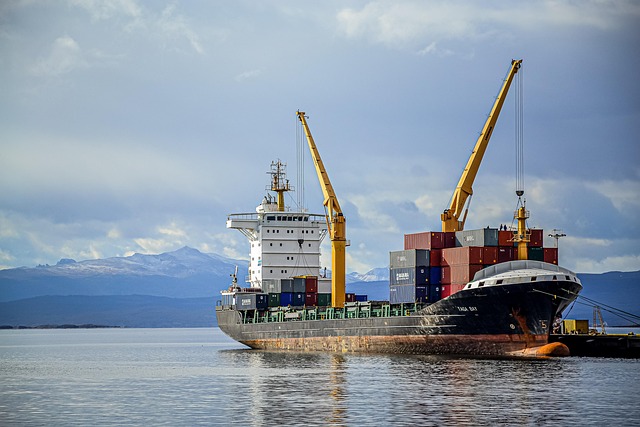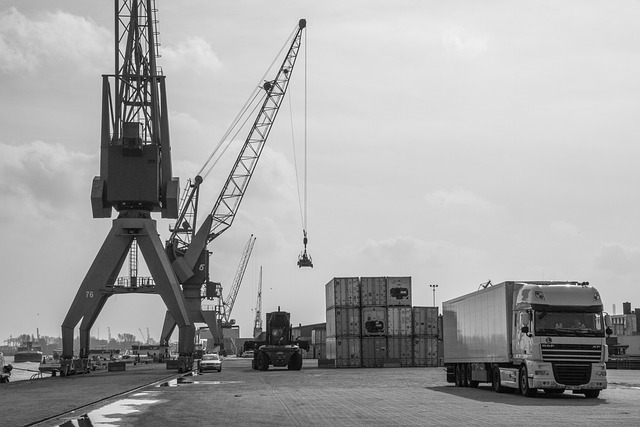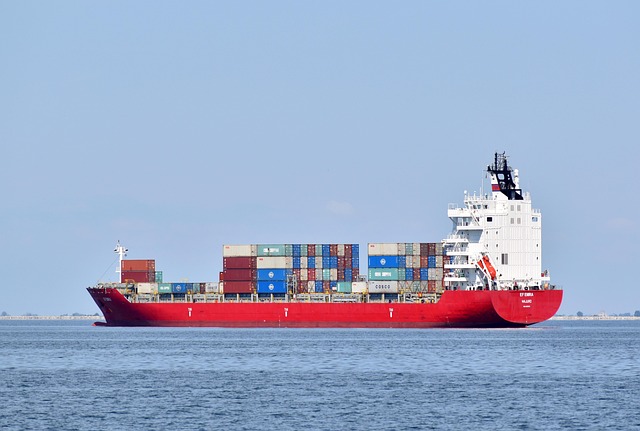Shipping containers come in various sizes, each with specific internal dimensions designed for unique transportation needs. The most common standards are 20ft (6m) and 40ft (12m) containers, critical for global logistics. These offer different floor areas, heights, and volumes, catering to light or larger goods. ISO-standard dimensions ensure compatibility across shipping lines worldwide, simplifying storage and handling. Specialized containers like high cube, reefer, flat rack, and open-top provide tailored solutions for diverse cargo needs.
Discover the intricacies of shipping container dimensions and their profound impact on cargo capacity and logistics efficiency. This comprehensive guide explores standard global measurements, common container types, and critical loading capacity details. From loadable weight and volume calculations to safety standards and best practices for optimization, understanding container dimensions is key to maximizing utilization and cost-effectiveness in international shipping. Dive into these essential insights to unravel the core elements shaping modern cargo transportation.
- Shipping Container Dimensions Overview
- – Standard sizes and their global variations
- – Common types of shipping containers and their specific dimensions
Shipping Container Dimensions Overview

Shipping containers come in various sizes, each offering a unique cargo loading capacity and internal dimensions tailored to specific transportation needs. Understanding these dimensions is crucial when planning shipments or designing storage solutions. The two most common standards are the 20ft and 40ft shipping containers, which serve as workhorses in global logistics.
The 20ft container, measuring approximately 6.1 meters (20 feet) in length, offers a floor area of around 15.3 square meters (165 square feet) with internal height varying between 2.3 to 2.4 meters (7.5 to 8 feet). Its smaller footprint makes it ideal for lighter goods and tight spaces. In contrast, the 40ft container stands at 12.2 meters (40 feet) long, providing a spacious interior with floor dimensions of about 33 square meters (355 square feet) and a height range similar to its shorter counterpart. High cube containers are variants designed for increased headroom, accommodating taller cargo without compromising overall volume. These dimensions, along with ISO-standard specifications, ensure compatibility across shipping lines and storage facilities worldwide.
– Standard sizes and their global variations

Standard shipping container dimensions vary globally, with common sizes including 20ft, 40ft, and high cube configurations. These dimensions dictate a shipping container’s loading capacity, internal space, and overall practicality for different cargo types and transportation needs. The 20ft shipping container dimensions, for instance, offer a compact yet versatile option for smaller freight, while the 40ft container provides ample room for larger loads.
Understanding these external dimensions (shipping container width height length) and internal dimensions, such as 20ft container internal dimensions or 40ft container internal dimensions, is crucial for optimal cargo loading. The ISO container dimensions ensure uniformity, facilitating global transportation and efficient stacking. Additionally, variations in shipping container floor dimensions, ceiling height, and overall footprint (shipping container size chart) cater to diverse cargo requirements, from reefer containers for temperature-controlled goods to flat rack containers for oversized items.
– Common types of shipping containers and their specific dimensions

Shipping containers come in various types and sizes, each offering distinct advantages for different cargo needs. The most common standards are the 20-foot (6m) and 40-foot (12m) containers. These dimensions have become the de facto industry norms. A standard 20ft shipping container has internal dimensions of approximately 3.86m length, 2.37m width, and 2.59m height, while a 40ft container measures around 12.2m in length, 2.37m in width, and 2.59m in height. These external dimensions ensure compatibility across shipping networks.
Beyond standard containers, there are specialized varieties. High cube containers, for instance, offer increased interior height, ideal for bulky cargo. Reefer containers are equipped with temperature control systems, suitable for perishable goods. Flat rack and open-top containers provide flexible loading options for oversized or non-standard items. These diverse container types and their specific dimensions (like 20ft high cube container dimensions: 3.86m x 2.37m x 2.74m) cater to a wide array of shipping requirements, making them indispensable in global logistics.
In understanding shipping container dimensions, it’s clear that global standards play a crucial role in facilitating efficient cargo loading and transportation. By knowing the specific sizes and types of containers, such as 20-foot, 40-foot, or refrigerated units, shippers can optimize their load capacity and ensure seamless movement across borders. These dimensions are not just numbers; they represent the backbone of modern logistics, enabling the global trade of goods in a cost-effective and timely manner.
